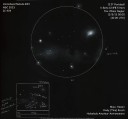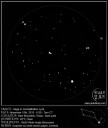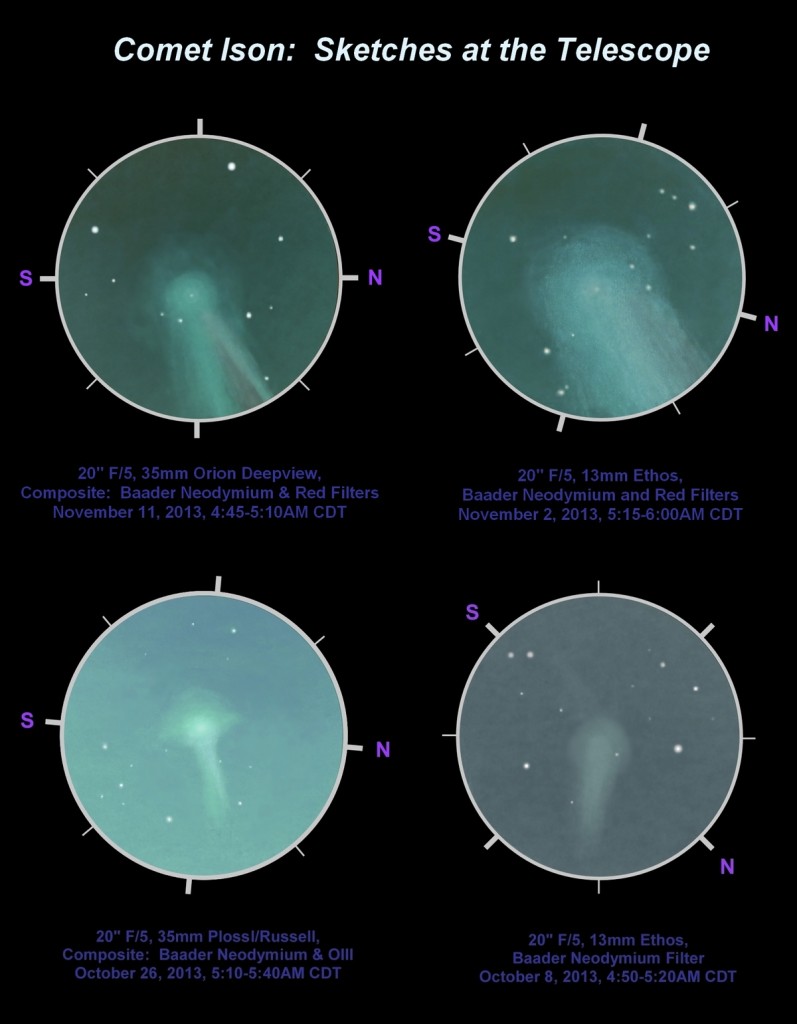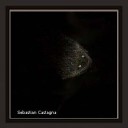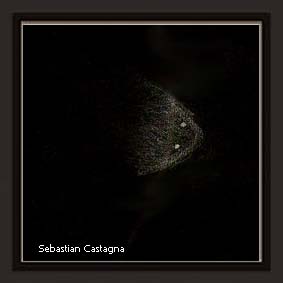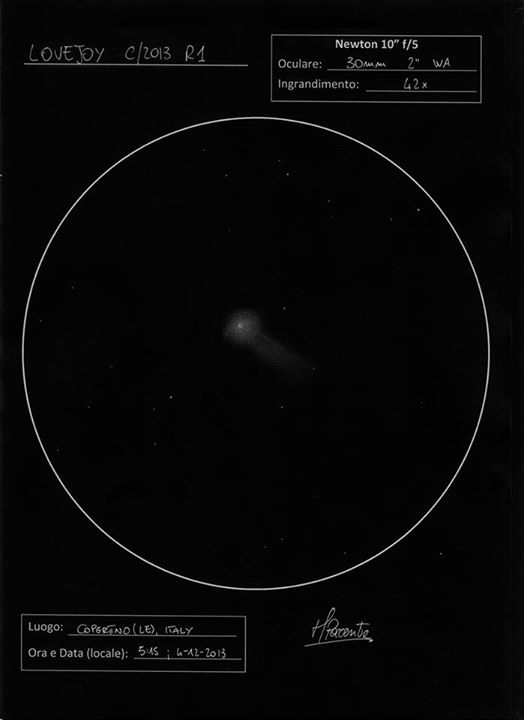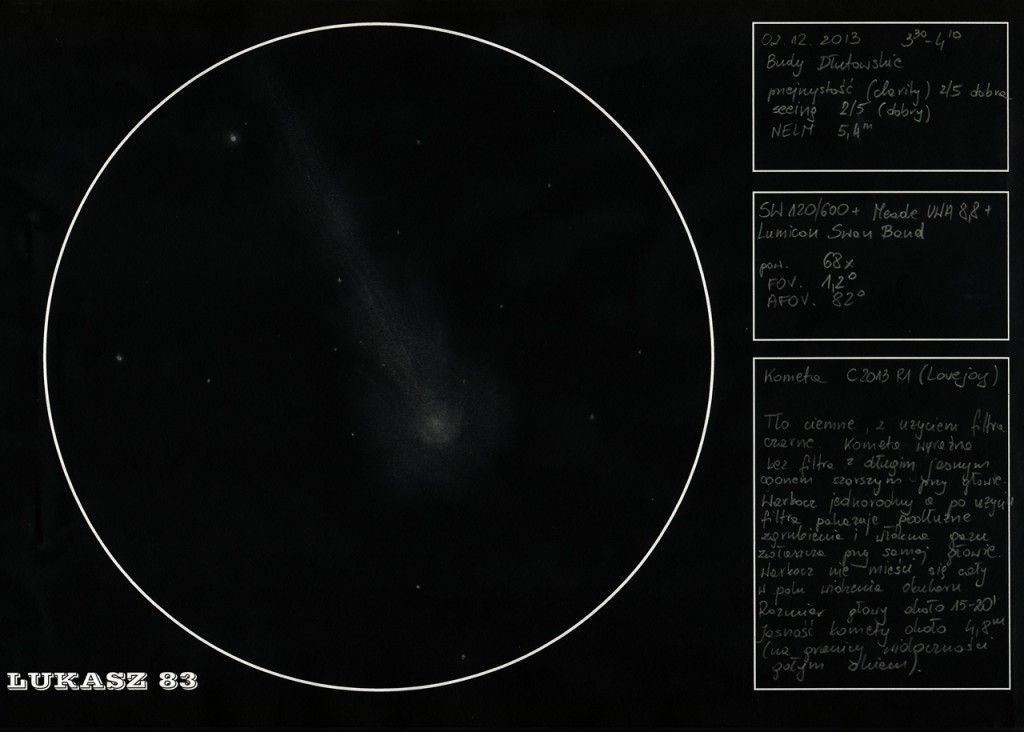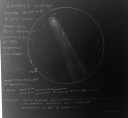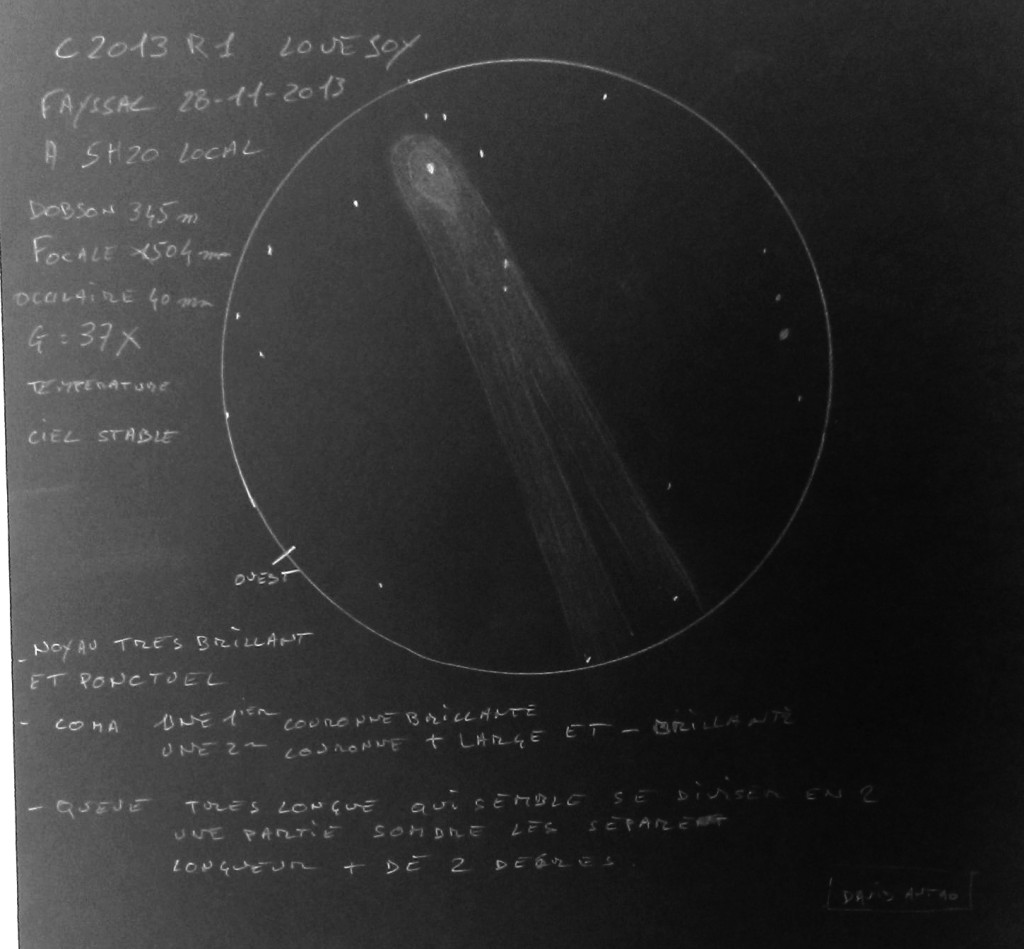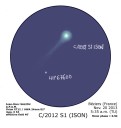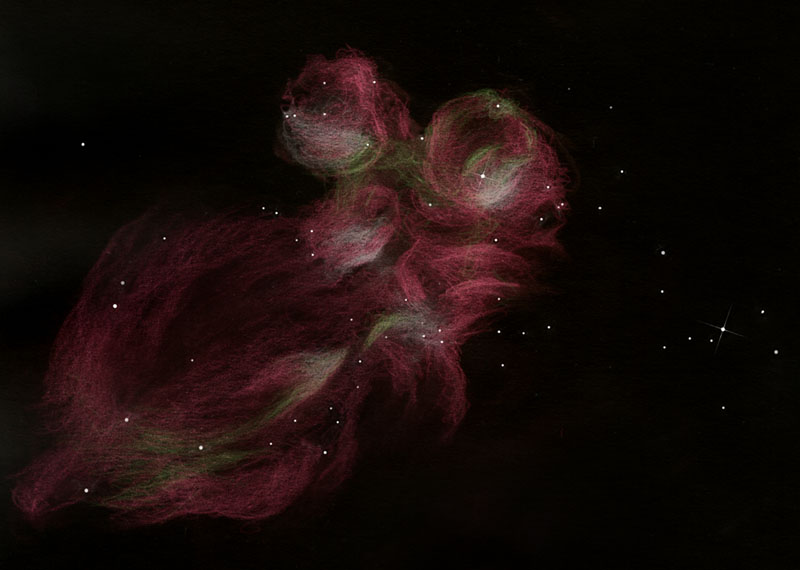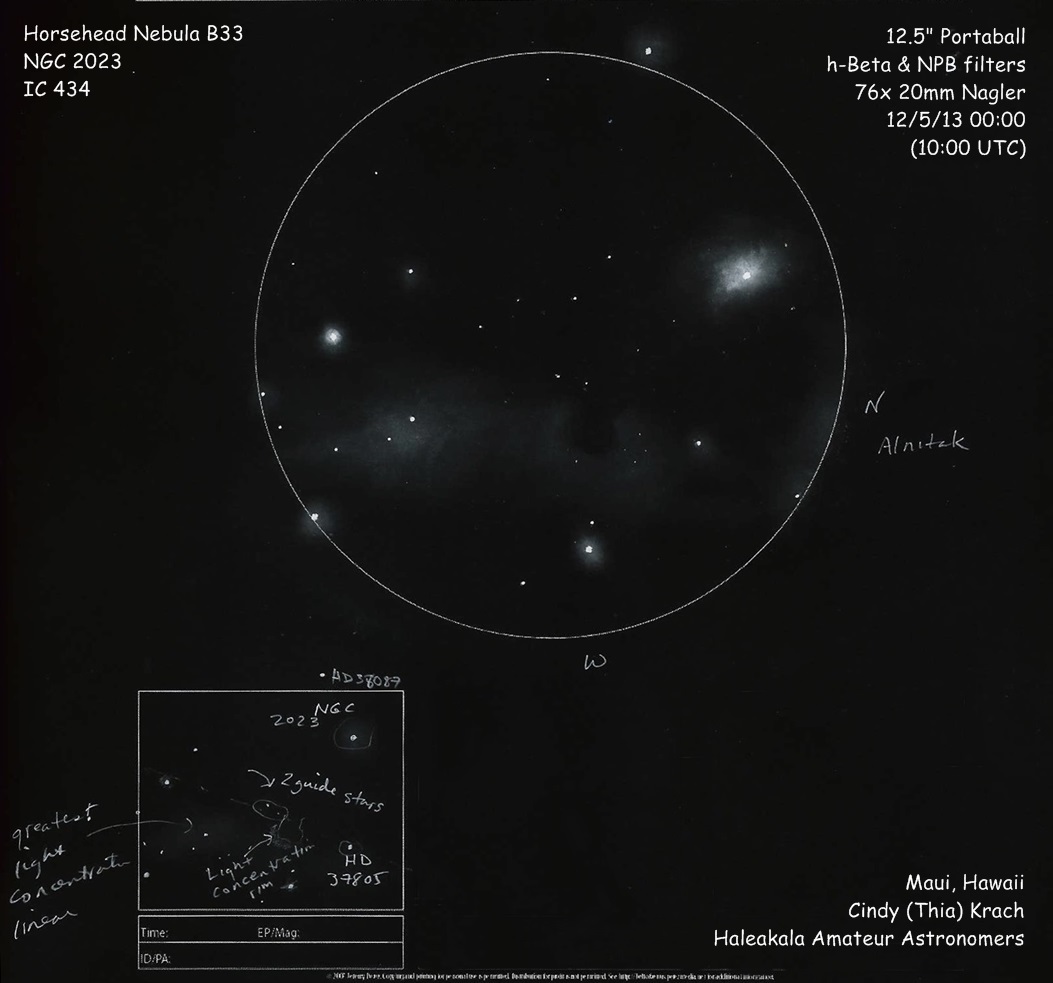
Aloha!
The evening of December 4th (morning of the 5th) was a beautiful night at one of my favorite spots 8 miles from my home on the road to Haleakala National Park. Very clear & very dark. I am finishing up my Planetary Nebula project with Astronomical League and at midnight decided to take a break & try for the Horsehead Nebula again while I was totally dark adapted. Last year I was elated to locate it from my driveway but didn’t sketch it at the time. This year I hoped from a darker location it would be even better, but I decided to just look and not get my hopes up.
After enjoying views of the Flame Nebula I placed Alnitak out of my field of view to the north. Using my 27mm & Narrow Pass Band filter I then placed NGC 2023 to the north inside my view and looked for the 2 – 10th & 13th magnitude guide stars to follow into the Horsehead.
I could see a dim dark patch with averted vision, hood over my head and an eyepatch on the opposite eye. After a short time I could make out the thumbprint of the head with some brightness around the rim and with longer observation a notch appeared to the NW. Some tiny stars also present themselves around the head as well as a linear brightness running N/S through IC 434. I then changed to a 20mm with h-beta filter and more light and dark details of IC 434 appeared, though overall it appeared darker. I got to work sketching & writing up details.
As I was finishing my sketch I heard a “whinnying” sound nearby. I froze because it sounded close and I was all alone. After a moment I realized its an app my daughter has on my iPad that makes horse sounds periodically. It just happened to do so while I was observing the “Horse”! I giggled and ended the night there. What could top that!
B33, IC 434, NGC 2023
Dark Nebula, Emission Nebula, Reflection Nebula
Haleakala Highway 6,000 ft el, Maui, Hawaii
12/5/13 12:00pm, 10:00 UTC
12.5” Portaball, h-Beta & NPB filters, 20mm 76x
Charcoal pencil, charcoal with brush technique, white paper
Inverted with Photoscape software
Cindy (Thia) Krach
Haleakala Amateur Astronomers
